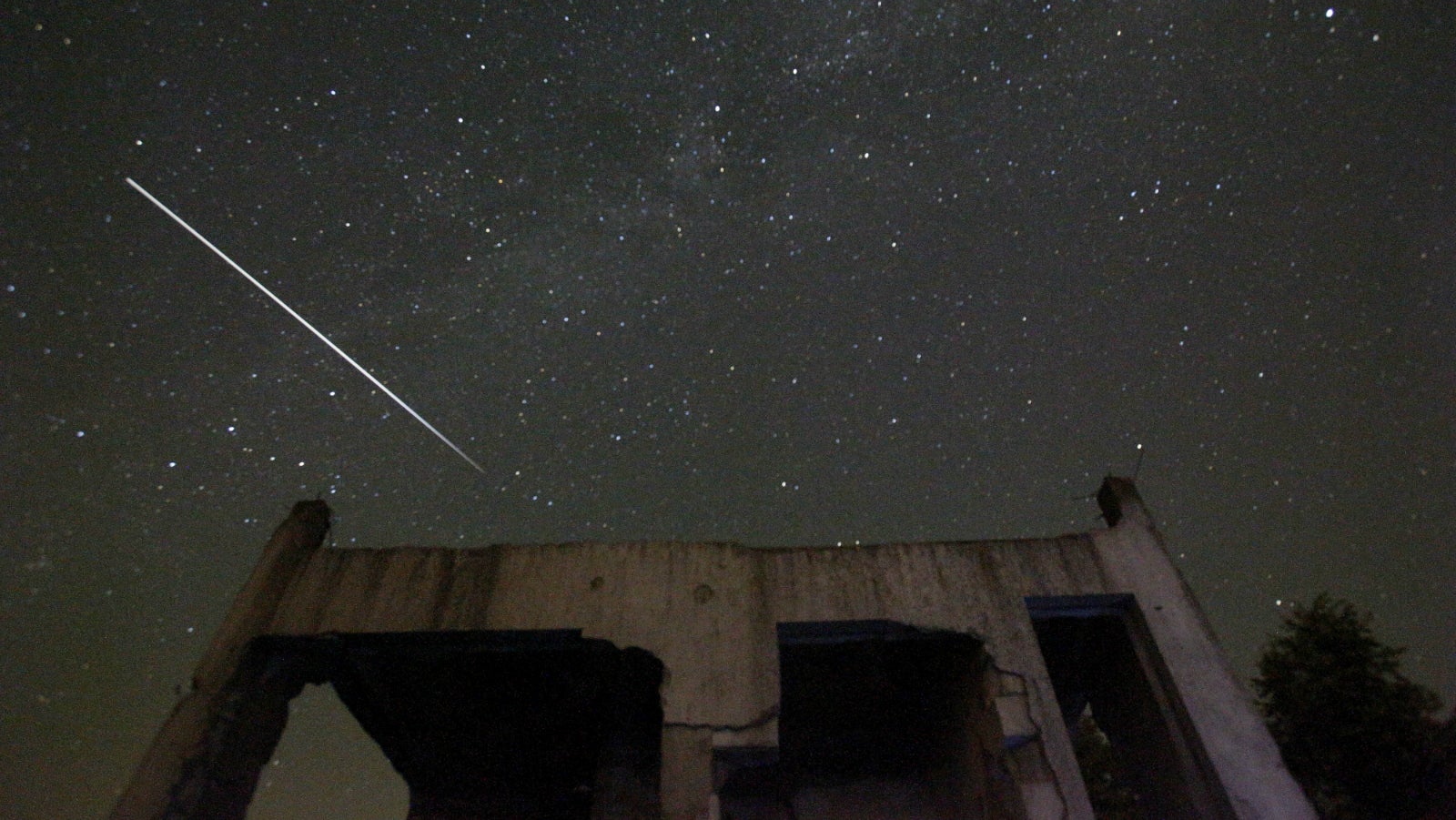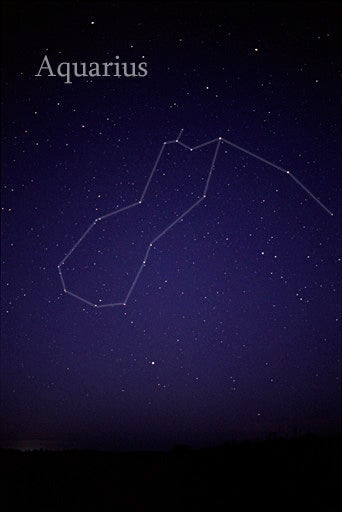This weekend is the best time to watch the Eta Aquarids meteor shower
Every 76 years, the most famous comet zips past the Earth. Halley’s Comet has been observed in the night sky since at least 240 BCE. But even in the years when we can’t see the comet, the debris it leaves behind creates a meteor shower, known as the Eta Aquarids, that we can enjoy every year.


Every 76 years, the most famous comet zips past the Earth. Halley’s Comet has been observed in the night sky since at least 240 BCE. But even in the years when we can’t see the comet, the debris it leaves behind creates a meteor shower, known as the Eta Aquarids, that we can enjoy every year.
What are the Eta Aquarids?
Though meteors are some times called shooting stars, they are nothing but tiny particles burning up as they enter the atmosphere. The Eta Aquarids meteor shower can be seen each year as the Earth travels through the debris left behind by the Halley’s comet. (The Orionoid meteor shower observed in October is also caused when Earth passes through Halley’s debris again later in the year.)
The meteor shower is named after the Aquarius constellation, because it appears as if the meteors emanate from the constellation’s brightest star, Eta Aquarii.
When can I see the Eta Aquarids?
The meteor showers are visible between April 19 and May 28, but they peak around May 6 (this weekend). They are best observed a couple of hours before dawn.
Eta Aquarids can be difficult to see, especially in the northern hemisphere. The good news is you don’t need special equipment to enjoy the meteor shower, but you must give your eyes time to adjust to the darkness to spot meteors. (Avoid screens!)
“Meteor watching is a lot like fishing. Sometimes you catch a good number of them and sometimes you don’t,” says EarthSky. In the southern hemisphere, you may be able to see as many as 40 meteors per hour, whereas in the northern hemisphere it may be fewer than 10 per hour.

Where in the sky is best to watch the Eta Aquarids?
The best place to spot them is near the Aquarius constellation. It’s in the southern sky if you’re in the northern hemisphere, and in the northern sky if you’re in the southern hemisphere.
To find the constellation, EarthSky suggests tracing the elliptical path the sun takes from east to west and search for the bright starts that create the shape of a water bearer (aka Aquarius).